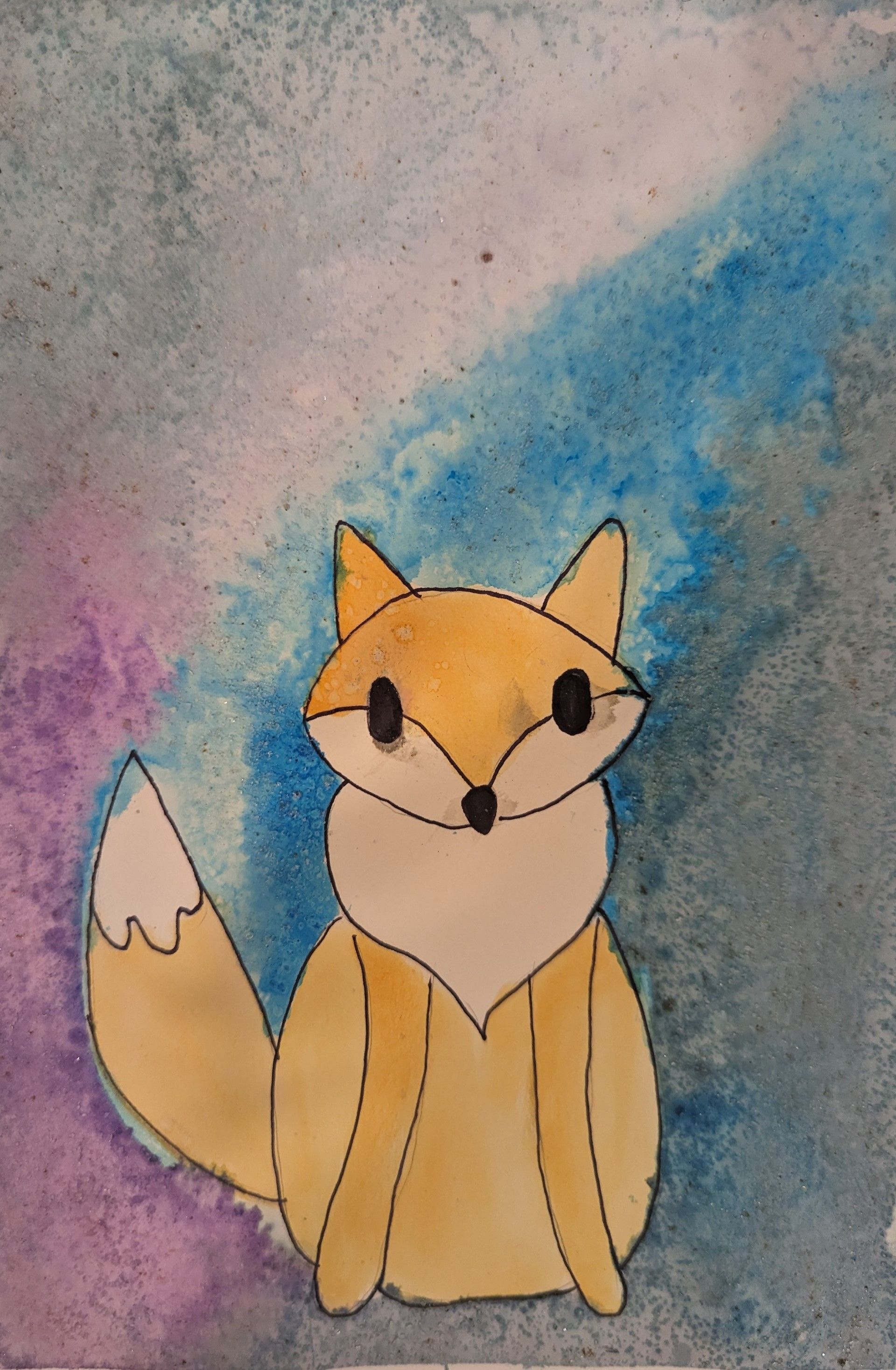Description
An art piece using watercolour paints and salt to create a starry-sky effect.
Number of Participants
For any number of participants
Space Considerations
An indoor space where participants can be seated to do a craft
Competencies
- Artistic expression
- Science
Materials
- Watercolour paints
- Cups of water
- Paintbrushes
- Watercolour paper or cardstock
- Spray bottle or small sponge (optional)
- Salt (different varieties—coarse, fine, etc.—will produce different results)
- Spoons (optional)
- Star stickers (optional)
- Pencils for sketching
- Erasers
- Masking or painter’s tape
Preparation
1. Prepare the cardstock by securing it to the table with masking or painter’s tape. You can create a border by taping the paper equally around the four edges.
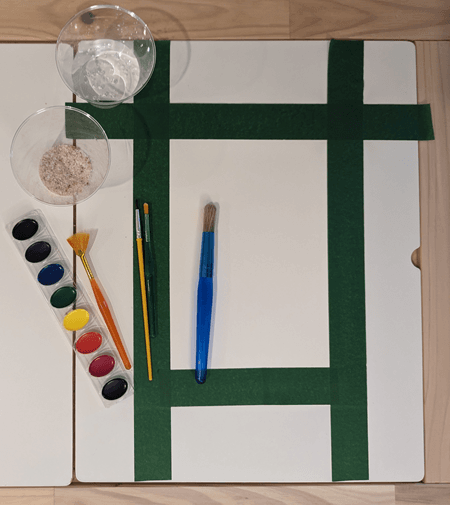
2. Set out watercolour paints, cups of water, pencils for sketching, erasers and paintbrushes for each participant. Add a small dish of salt at each station. Kids can use their fingers to sprinkle the salt, but spoons may also be provided.
Implementation
1. Invite kids to select a nocturnal animal to feature in their art piece—for example, an owl, a fox, a wolf, a bat or a hedgehog. They can sketch the animal or choose to paint an entire night scene.
2. Once the animal is sketched, it is ready to be painted.
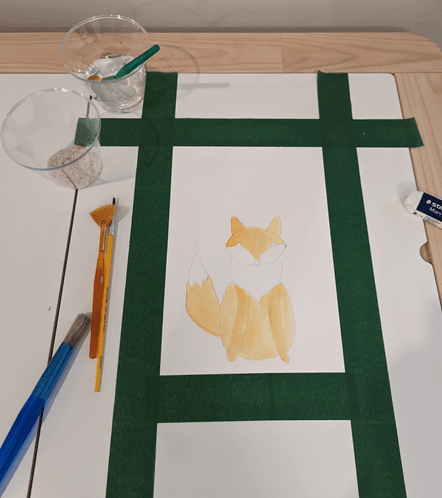
3. Then, it is time to paint the night sky. Inform kids that they will be sprinkling salt on the night sky sections of their art piece. Note: for the galaxy effect to occur, the paint must still be wet when the salt is added. Working in sections (painting a corner, adding salt, then continuing to another section) is a good way to tackle this technique. Point out the spray bottles or sponges if kids need to remoisten their paper, or invite them to rewet their paintbrush and touch up the area before adding salt, if needed.
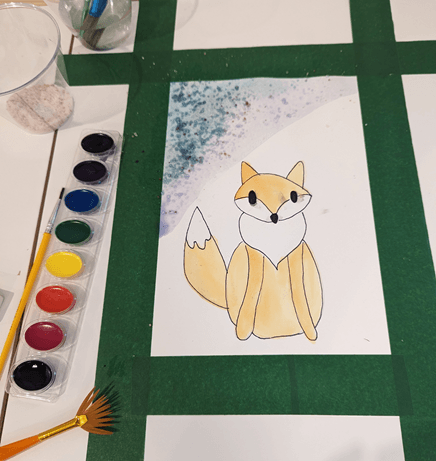
4. While the paintings dry, provide participants with a scientific explanation for this technique. Invite them to make predictions about how the painting will look once the paint has dried and the salt is brushed away.
Salt is a desiccant: it loves to soak up water. That’s why salty food makes us thirsty; it absorbs the water from our body tissue, leaving us needing more H2O. When the salt absorbs the watercolour paint, it creates the effect that you are about to see.
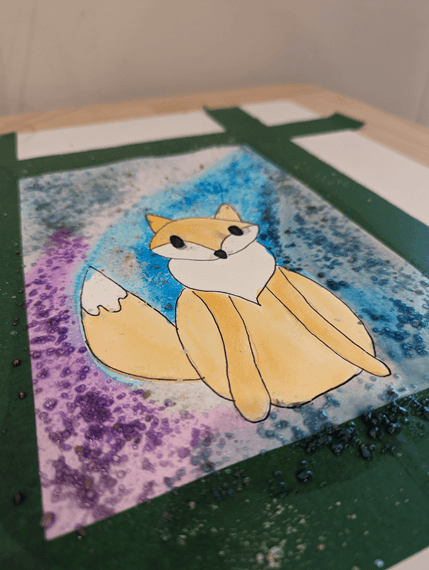
5. When the painting is dry, gently brush off the salt to reveal the starry night sky. A dry paintbrush can work, but participants can also use their hands. Some salt may stick, which creates texture and a faint sparkle.
Accessibility Considerations
- Provide spoons for sprinkling salt for any children who may have fine motor difficulties.
- Provide multiple materials for kids to draw with or add to the picture (e.g., 3‑D rocket ship stickers).
- Sponges can be offered for painting with the watercolours instead of skinny paintbrushes that can be difficult to grip.
Book Suggestions
Kitcikisik (Great Sky): Tellings That Fill the Night Sky by Pawaminikititicikiw (a.k.a. Wilfred Buck) and Mistawasis Buck
Mi’kmaw Moons: The Seasons in Mi’kma’ki by Cathy LeBlanc, David Chapman and Loretta Gould
Download Links
Images
